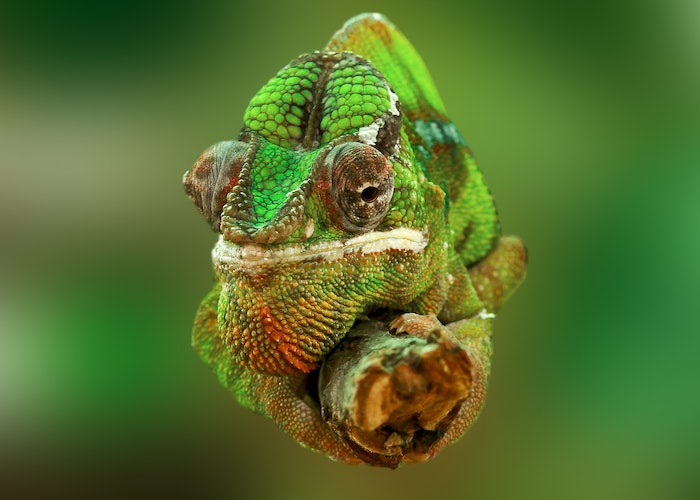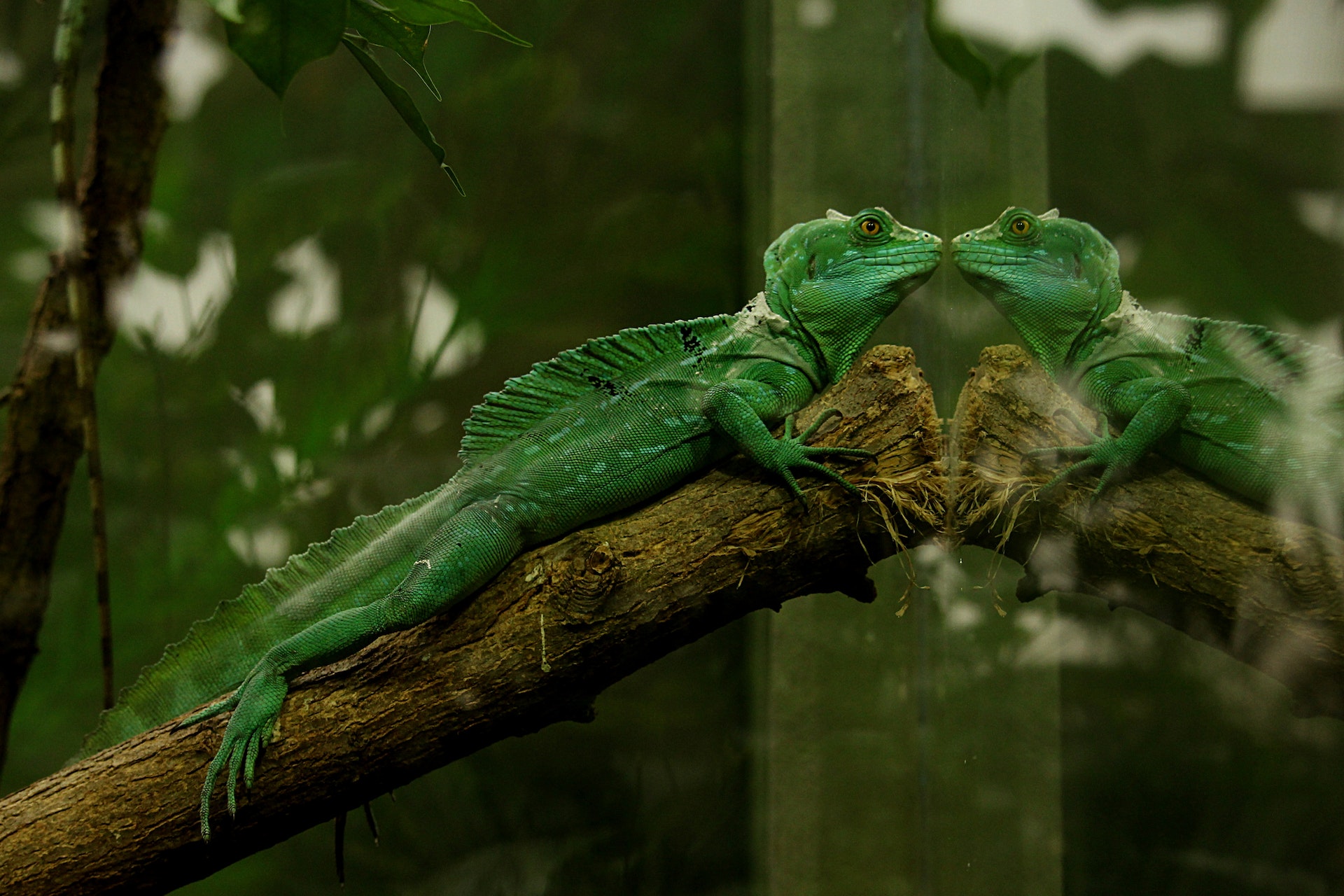Bearded dragons are captivating reptiles known for their unique behaviors and fascinating mating rituals. Understanding their mating behavior is crucial for reptile enthusiasts and breeders alike. In this comprehensive guide, we will delve into the intricacies of bearded dragon mating behavior, exploring their courtship rituals, mating behaviors, and egg-laying habits. By gaining a deeper understanding of their reproductive process, you can better appreciate these remarkable creatures and ensure their well-being during the breeding process.
Points for understanding bearded dragon mating behavior

1. Courtship Rituals
a. Head Bobbing: One of the most prominent courtship behaviors in bearded dragons is head bobbing. Males bob their heads up and down, often accompanied by arm waving, to establish dominance and communicate their intentions to potential mates.
b. Color Displays: Male bearded dragons may exhibit vibrant color displays during courtship. They can darken their beard, display bright patterns, or showcase their most vivid colors to attract females.
c. Arm Waving: Arm waving is another courtship behavior where male bearded dragons raise and lower their forelimbs to display dominance and court females.
2. Mating Behaviors
a. Male Dominance: In the presence of a receptive female, male bearded dragons engage in territorial displays to establish dominance. This can involve puffing up their beard, extending their legs, and displaying aggressive postures towards other males.
b. Nuptial Riding: Once the male has established dominance, he attempts to mate with the female by climbing on her back. This behavior, known as nuptial riding, allows the male to position himself for successful copulation.
c. Cloacal Contact: During copulation, the male bearded dragon aligns his cloaca with the female’s cloaca. The cloaca is a multipurpose opening used for both waste elimination and reproductive purposes.
d. Copulatory Plug: After successful mating, the male may leave a copulatory plug in the female’s cloaca. This plug acts as a physical barrier to prevent other males from mating with the female.
3. Female Egg Development
a. Ovulation: After mating, the female bearded dragon undergoes ovulation, where her body releases eggs for fertilization. Ovulation triggers the development of eggs within the female’s reproductive system.
b. Gravid Appearance: As the eggs develop inside the female, her abdomen gradually expands, giving her a gravid appearance. This is a visible indication that she is carrying eggs and preparing for egg-laying.
4. Egg-Laying Habits
a. Nesting Behavior: Female bearded dragons exhibit nesting behavior as they prepare to lay their eggs. They may dig burrows in the substrate or search for suitable locations to deposit their eggs.
b. Preferred Nesting Sites: Bearded dragons prefer sandy or loose substrates for egg-laying. Providing a designated nesting box with appropriate substrate can encourage natural nesting behavior and provide a safe and suitable environment for egg-laying.
c. Clutch Size: The clutch size, or the number of eggs laid by the female, can vary depending on factors such as age, health, and genetic predisposition. Clutch sizes typically range from 10 to 30 eggs, but some females may produce smaller or larger clutches.
5. Breeding Season and Reproductive Cycles

a. Seasonal Breeding: Bearded dragons are influenced by seasonal changes in their natural habitat. In captivity, reproducing bearded dragons may exhibit seasonal breeding behaviors, with increased activity and courtship displays during the breeding season.
b. Reproductive Cycles: Female bearded dragons have reproductive cycles influenced by environmental factors, such as temperature and lighting. These cycles regulate hormone production, ovulation, and egg-laying patterns.
c. Rest Periods: After the breeding season, bearded dragons may enter a rest period where their reproductive activity slows down. This rest period allows the females to recover and regain their energy reserves.
Conclusion
Understanding bearded dragon mating behavior is essential for reptile enthusiasts and breeders to provide suitable conditions for successful breeding. By familiarizing yourself with their courtship rituals, mating behaviors, and egg-laying habits, you can better appreciate the natural instincts and behaviors of these remarkable creatures. Remember to provide a suitable environment, including appropriate substrates and nesting areas, to support their reproductive needs. Respect the natural breeding cycles and ensure the well-being of both males and females during the mating process. By deepening your knowledge of bearded dragon mating behavior, you can enhance your understanding and care for these incredible reptiles.
